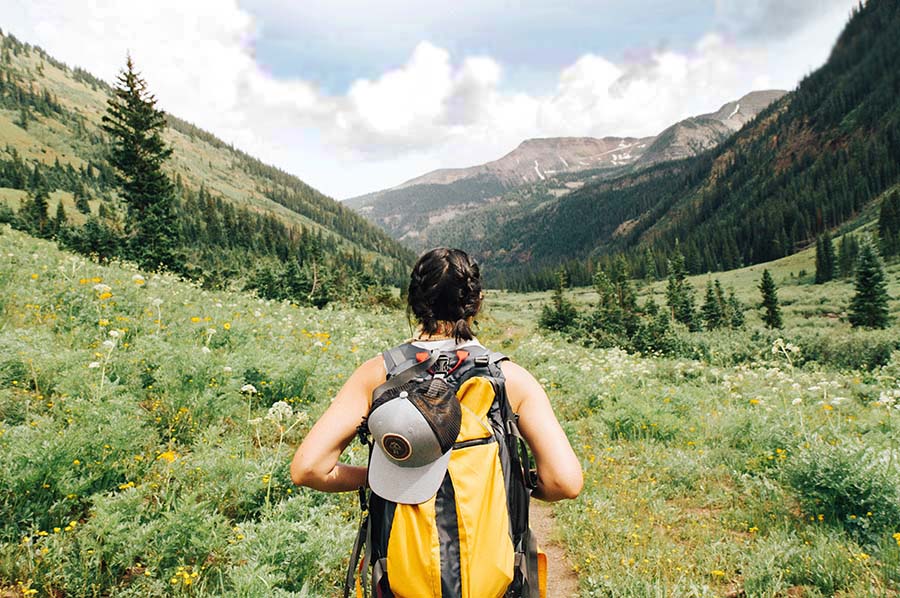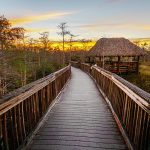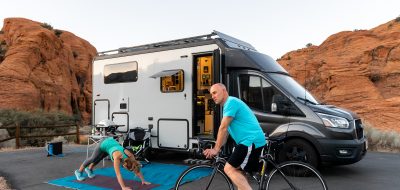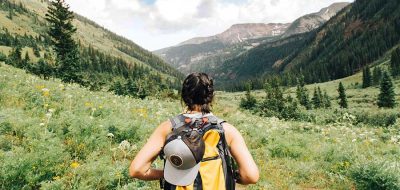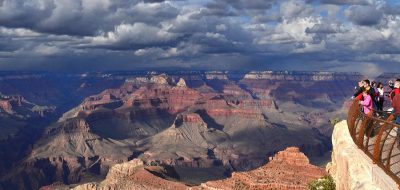Hiking in the American Southwest ranks way up there when it comes to adventures for outdoor lovers.
|
Amazingly, there’s so much ground to cover in Arizona, New Mexico, California and even parts of southern Utah, Colorado and Nevada, that you’d need years just to hit just the high points. That’s why we’ve distilled the vast array of choices into 5 epic hikes so that you can enjoy bucket list experiences without devoting half your life to the trail.
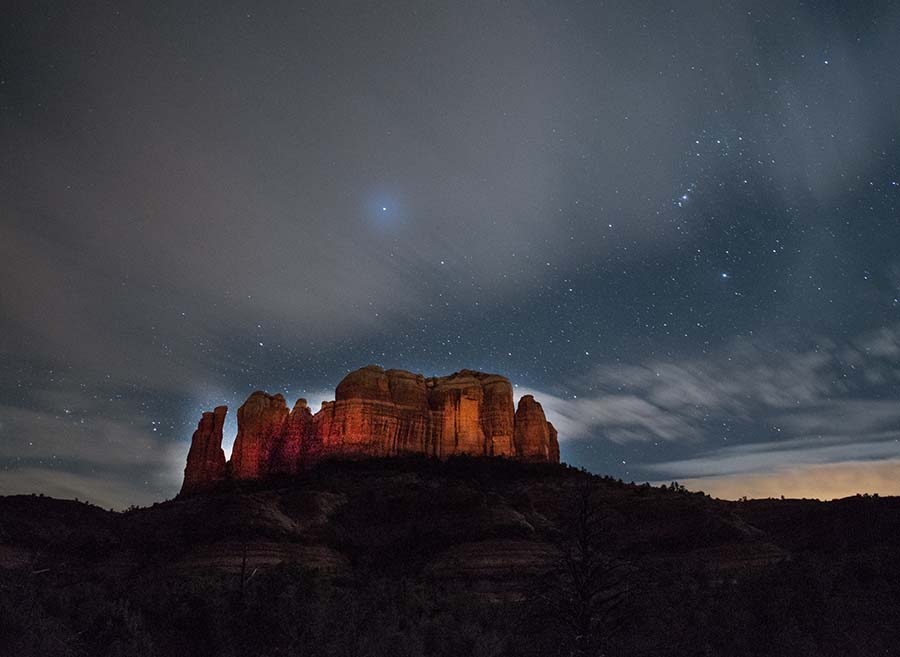
Cathedral Rock looms against the night sky. Image: Justin Beck/Unsplash
Cathedral Rock, Sedona, Arizona
Although this is a relatively short hike, it serves up the best views in the Sedona area in a relatively short distance. The trailhead for Cathedral Rock is located about 4 miles south of the city. There is a small parking lot at the trailhead, and you’ll have to pay the $5 dollar entrance fee to park there. It’s worth it: the fee gives you access to any of the Red Rock Parks in the area for a full week.
The hike covers 0.6 miles from the trailhead to the top of this majestic formation, but the journey does involve some steep scrambles up slippery rock faces. Dogs are welcome, but it’s not recommended to bring them unless they’re very familiar with this type of terrain. The best time to go for this hike is just before sunset, as the colors in the sky are sure to thrill once you reach the top.
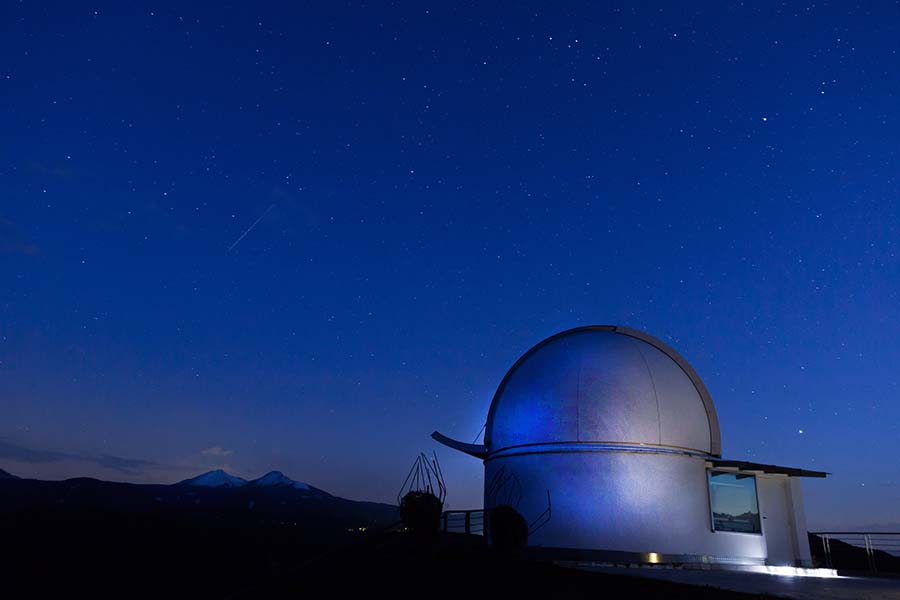
The Palomar Observatory under a starry sky. Photo: Alex Franzelin/Unsplash
Observatory Trail, Palomar Mountain, San Diego County, California
This trail in the Cleveland National Forest takes you through beautiful woods with valley views before ending up at the Palomar Observatory. The trail takes up a total of 2.2 miles from point-to-point, with a 700-foot elevation gain. The trailhead begins at the Observatory Campground and will spit you out just a third of a mile from the observatory’s main dome.
The observatory is home to the impressive 200-inch Hale Telescope, and camping here offers excellent stargazing year-round. The hike itself doesn’t include any junctions to worry about, so you can simply meander through mixed pine forest at your leisure. The best time to hike this trail is in the spring when the ground erupts with the colorful blooms of native wildflowers, including monkey flower and lupine.
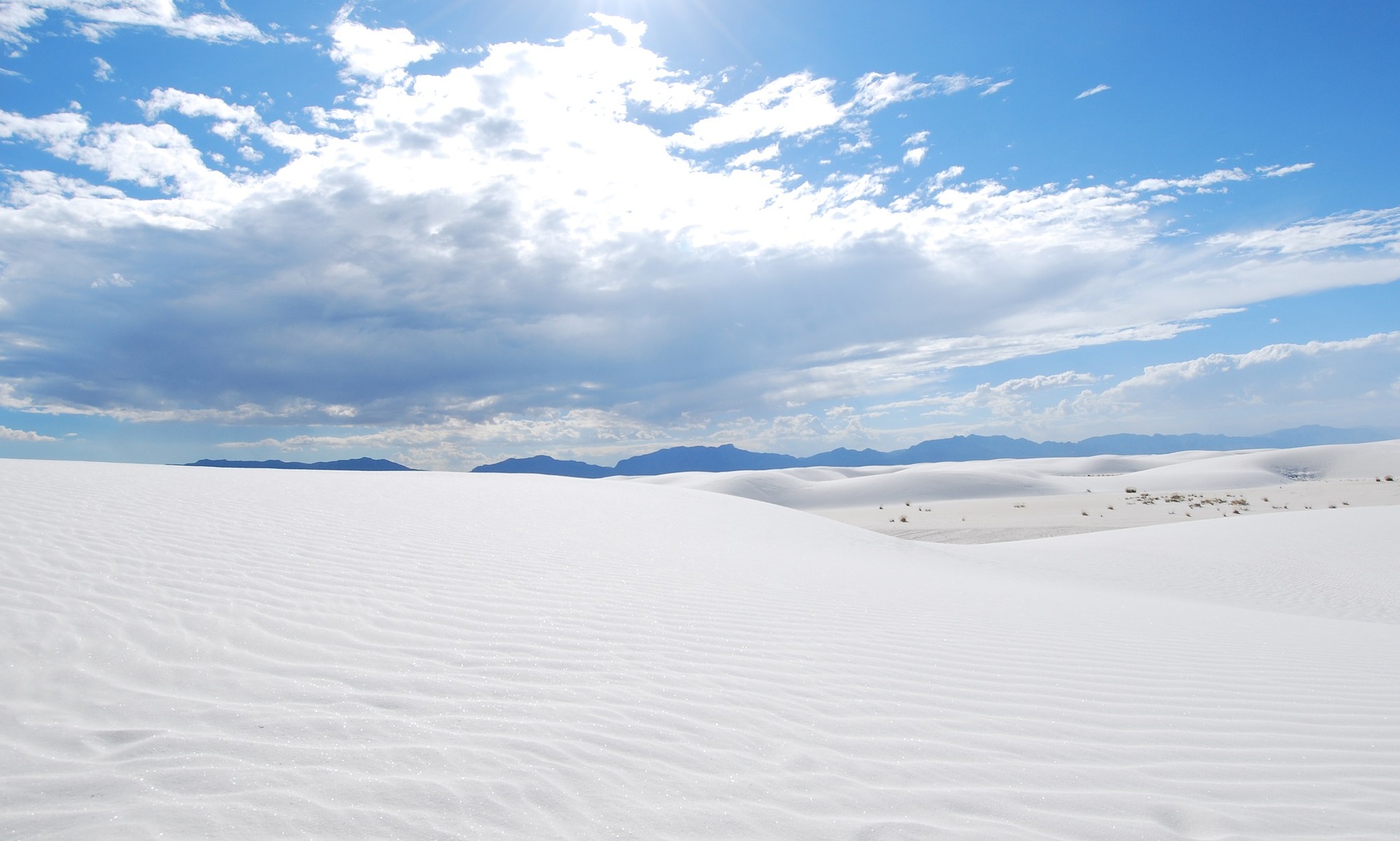
Photo: Skeeze/Pixabay
Alkali Flat Trail, White Sands National Monument, New Mexico
White Sands National Monument is a beautiful stopover if you ever find yourself on the road between Alamogordo and Las Cruces in the Land of Enchantment’s arid south. The Alkali Flat Trail offers the rare opportunity to get away from the parking areas and get the feeling of being “lost” among the dunes. The trail is well marked throughout, however, by large orange poles placed strategically so that you can always see the next one from another.
The trail consists of a 5-mile round trip and usually takes about three hours to complete. Keep in mind that at White Sands, you won’t be walking on a hard surface throughout. Sand gives way underfoot, forcing your muscles to work a bit harder, which means that five miles will feel like a bit more. Be sure to bring plenty of water for this one, especially if you’re hiking here in the summer. The best time to go is in the spring or fall, and always depart first thing in the morning so that you finish before the dunes really heat up. If you’re really up for a sight, get to the park early enough to watch the sunrise peek over the Sacramento Mountains in the east and start warming the dunes.
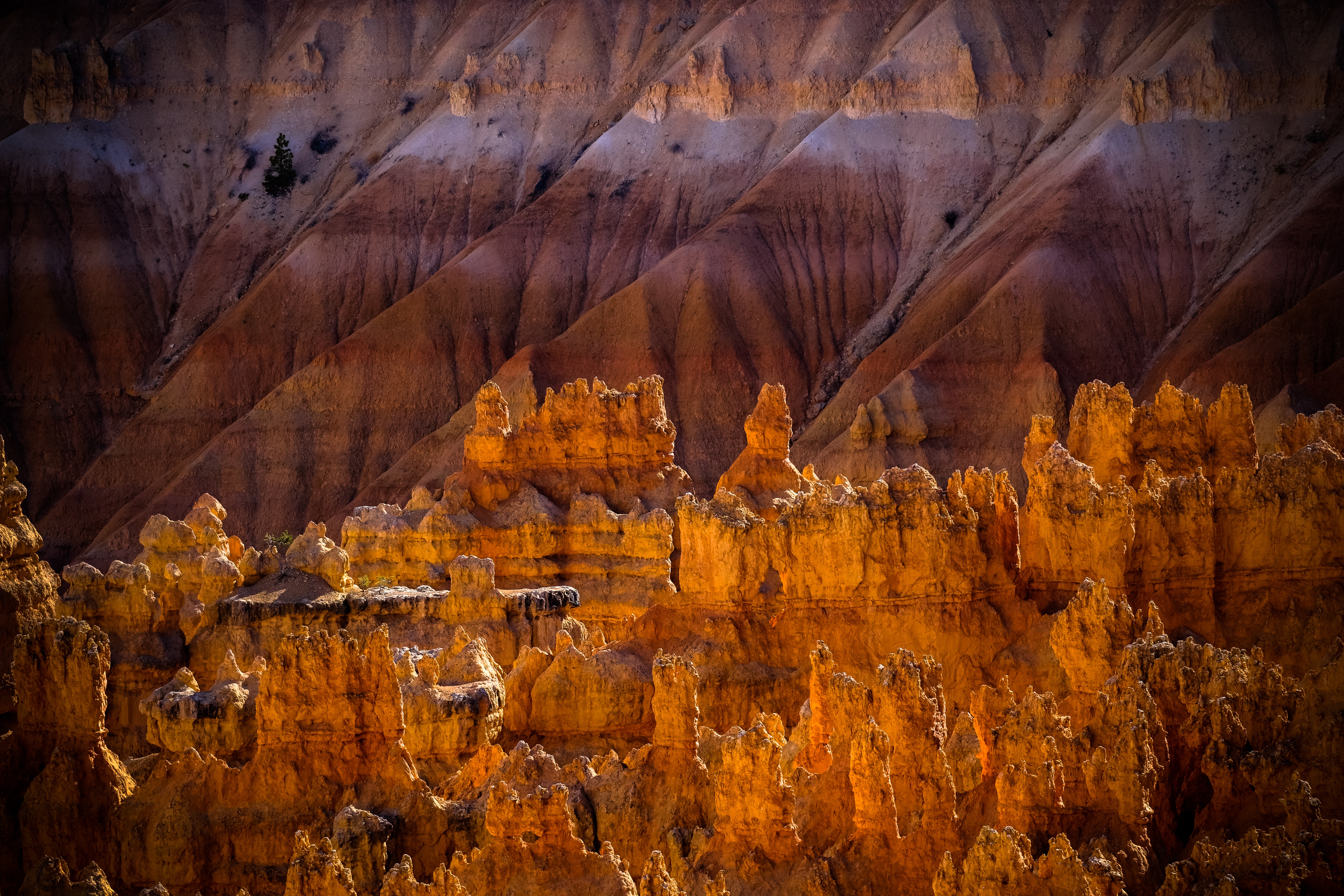
The area near Bryce National Park’s Fairytale Loop Trail. Photo: Francesco Ungaro/Unsplash
Fairyland Loop Trail, Bryce Canyon National Park, Utah
This loop trail begins in the northernmost portion of Bryce Canyon National Park and offers spectacular views of the park’s iconic hoodoos along the way. You’ll also see plenty of vistas down into the canyon, and you can add to your total day’s mileage by taking a brief side trip on the Tower Bridge spur trail. It’s a moderately-graded and well-maintained trail, which makes it a great option for hikers that have experienced any knee or ankle injuries in the past.
The Fairyland Loop Trail spans about eight miles round trip and usually takes most people 4-5 hours to complete. Traffic levels on the trail usually hit their highest between April and October, and it’s also a popular spot for birders in addition to hikers. This hike has a total elevation gain of about 2,200 feet and happens to be one of the less-crowded hikes in the park. Still, be sure to bring along plenty of water (at least 1 liter for every 2-3 hours you’ll be out), as well as sunscreen and snacks.
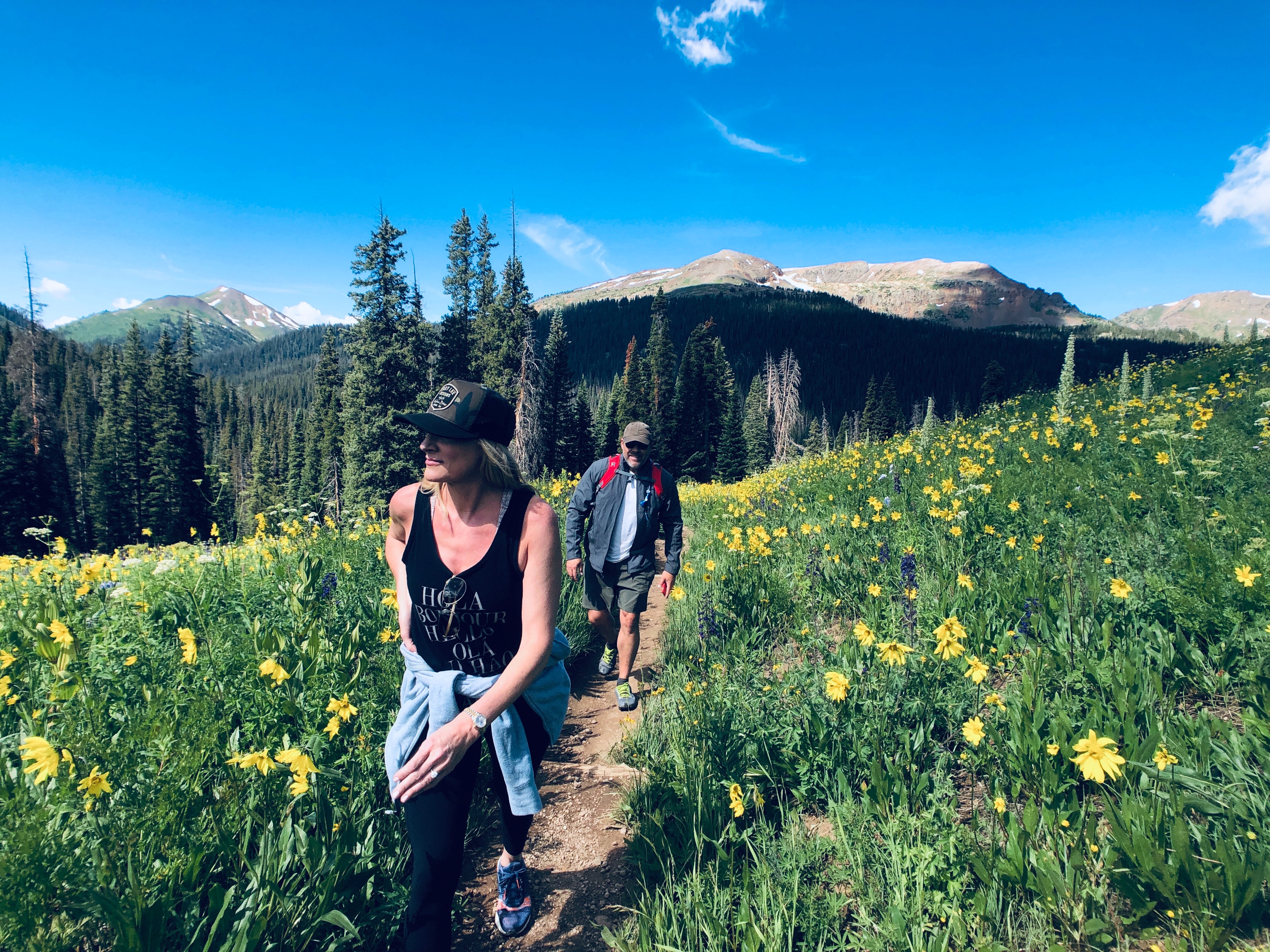
Hiking Crested Butte. Photo: Tanya Stilley/Unsplash
West Maroon Pass, Crested Butte to Aspen, Colorado
For the aspiring thru-hiker, this is one of the coolest point-to-point hikes in the American Southwest. The trail can be started in either Crested Butte or Aspen and it extends almost 11 miles through gorgeous mountain terrain between the two points. Some intrepid hikers will even hike over and back in a day, as the driving time between Aspen and Crested Butte is in excess of four hours. This hike features excellent wildflower viewing and it also has a couple lakes along the way for you to enjoy a refreshing plunge in clean, alpine waters.
The best time for this hike is during the peak of summer or early fall. Most people spend between six and 10 hours on the trail. The route from Crested Butte to Aspen is generally considered easier than doing the trail in the reverse direction, as there are about 1,000 feet of additional elevation gain if you’re hiking from Aspen to Crested Butte. The maximum elevation of the trail is 12,490 feet.
American Southwest Hiking — a Never-Ending Adventure
While the hikes described above are spectacular, they only scratch the surface. The truth is that there’s really no shortage of epic hikes in the American Southwest. You can really spend years checking out all the secrets that this region has to offer, and it’s a great place to escape to when the rest of the country is feeling especially cold. We hope you’ve enjoyed this collection of hikes and we wish you the best of luck on your next adventure.
Find Good Sam Parks near all of these destinations and take a hike!

